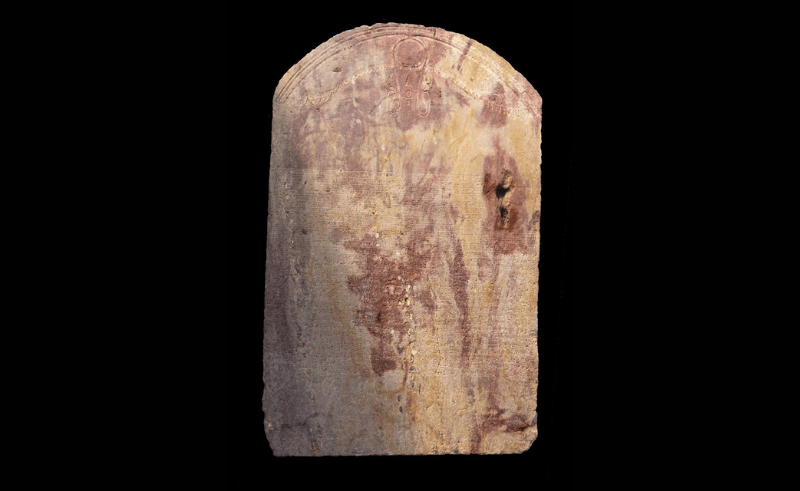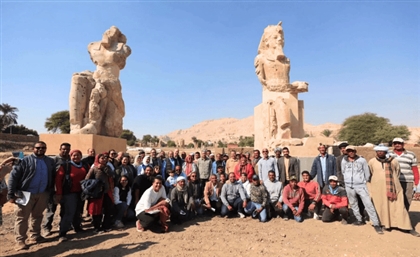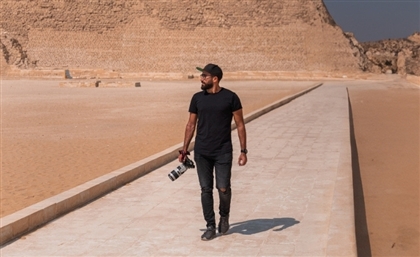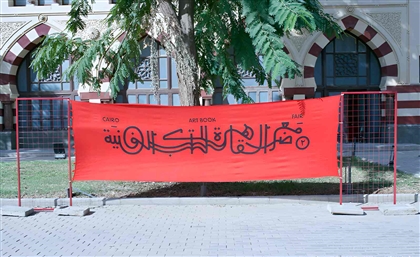First Complete Canopus Decree in 150 Years Unearthed in Sharqia
The decree was issued when high priests convened in the city of Canopus, east of Alexandria, to honour Ptolemy III, Queen Berenice and their daughter.

The archaeological mission of the Supreme Council of Antiquities uncovered a sandstone stela at Tell el-Pharaeen in the city of Husseiniya, Sharqia, representing a newly found complete version of the Canopus Decree issued by King Ptolemy III in 238 BC. The decree was issued when high priests convened in the city of Canopus, east of Alexandria, to honour Ptolemy III, Queen Berenice, and their daughter, with copies distributed to major Egyptian temples. The stela measures 127.5 cm in height, 83 cm in width, and about 48 cm in thickness, with a rounded top. A winged sun disk crowns the top, flanked by two royal cobras wearing the White and Red Crowns, with the inscription “Di-Ankh” (“given life”) between them. The central section contains 30 lines of hieroglyphic text carved in sunk relief. The inscriptions record measures attributed to Ptolemy III and Queen Berenice, including donations to temples, maintaining internal stability, reducing taxes during low Nile floods, elevating their veneration in temples, creating a new priestly rank in their names, establishing a festival on the day of the rising of Sirius, introducing a leap-day every four years dedicated to their cult, and deifying their daughter Berenice in Egyptian temples. The decree also stipulated that copies be inscribed in hieroglyphic, Demotic, and Greek and placed in major temples. The find is the first newly discovered complete version reported in more than 150 years and joins six previously known versions, complete and fragmentary, from sites including Kom el-Hisn, Tanis, and Tell Basta. Unlike the trilingual tradition, the newly uncovered stela is inscribed entirely in hieroglyphs, adding material for studying Ptolemaic royal and religious texts and the ancient Egyptian language. Tell el-Pharaeen, identified with the ancient city of Imet in the eastern Nile Delta, was an important urban centre as early as the Middle Kingdom. Previous excavations have revealed Ptolemaic-period temples and residential buildings, including a temple dedicated to the goddess Wadjet.
- Previous Article Could This Abu Dhabi-Made Gut Capsule Replace Ozempic?
- Next Article Six Unexpected Natural Wonders to Explore in Egypt
Trending This Week
-
Dec 12, 2025



























